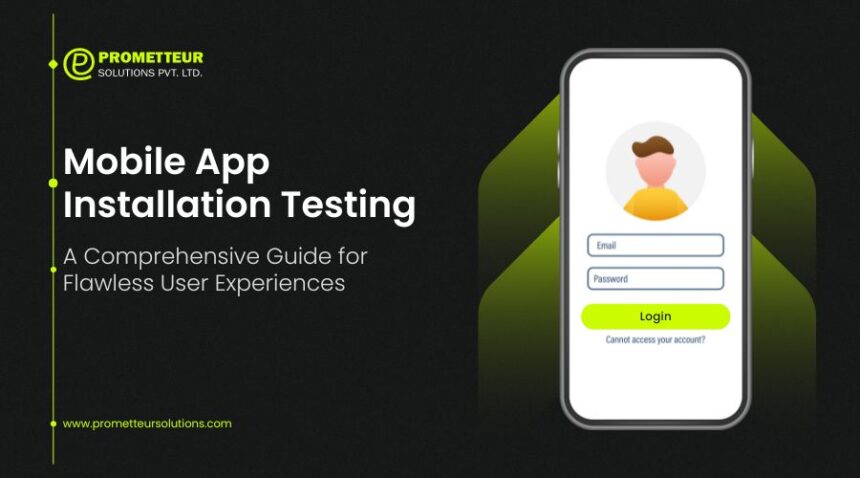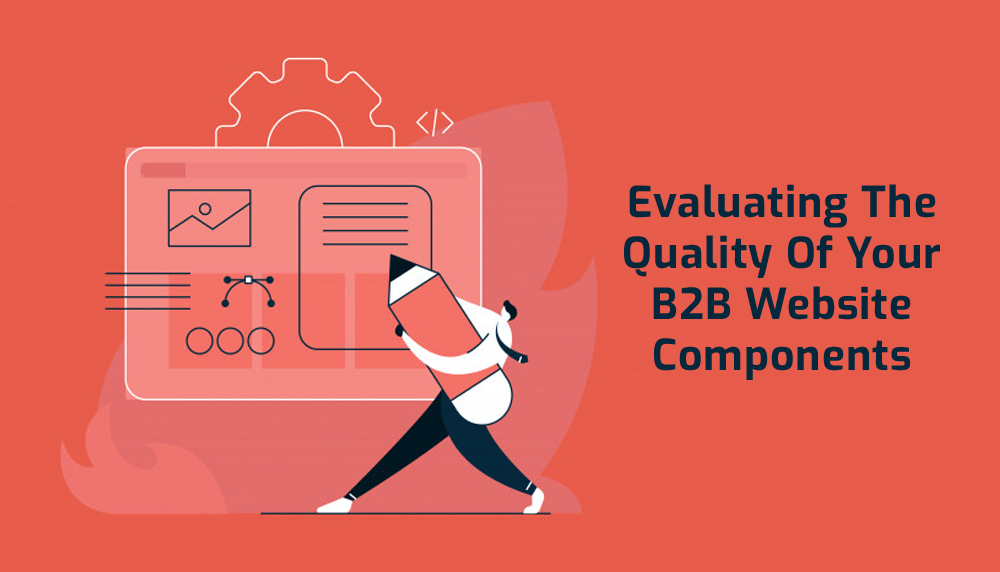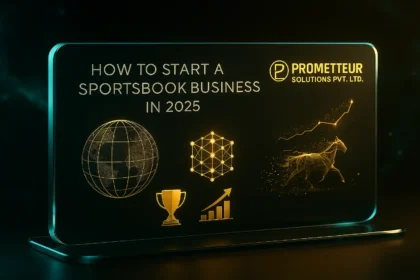Blogs
Mobile App Installation Testing: A Comprehensive Guide for Flawless User Experiences
Mobile app installation testing is an important process that needs to be followed before a mobile app is deployed to…
Best Mobile App Development Frameworks in 2022: A Look Forward
Developing for Android is a great way to reach a global audience of billions of people. It is an open-source…
Casino Bankroll Management: Mastering the Art
Every online betting individual needs to master the most effective strategies for casino bankroll management. This is where this blog…
EVALUATING THE QUALITY OF YOUR B2B WEBSITE COMPONENTS
Is there a way to determine whether or not your existing website…
Cryptocurrency Wallet Development Company
The article describes what a blockchain wallet is, why you may want…
How to Start a Sportsbook Business in 2025: A Complete Beginner’s Guide
Think of a sportsbook as the place where sports fans go to…
OFFSHORE MOBILE APP DEVELOPMENT COMPANY OR PARTNER
Do you know how to offshore mobile app development? Would you like…
iGaming trends In 2025
The Evolving Landscape of iGaming: Trends and Strategic Opportunities for 2025 and…
Complete Guide to Turnkey Sportsbook Solutions
Are you looking to launch a betting app, enhance an existing one,…
Mastering Bankroll Management for Successful Sports Betting
In the electrifying world of sports betting, the real thrill isn't just…
How to Start a Successful Online Casino Business in 2025?
Tech is advancing - beyond boundaries and in every aspect of our…
Custom Online Casino Development
Join us, as we embark on a comprehensive journey into the world…
Advanced Features of Modern Betting Apps
Hi! Do you want to learn or get some useful insights about…
Essential Features of Online Casino Software
Online casino plays important roles in driving the business of online casino…
Starting an Online Casino –Everything You Need to Know
Starting an online casino business is not as easy as ABC. It…
How to Create a Sports Betting Website from Start to Finish
Are you thinking of how to create a sports betting website for…
White Label Casino Solutions | Turnkey iGaming Platforms
White-label casino solutions offer amazing opportunities and benefits to entrepreneurs who want…





